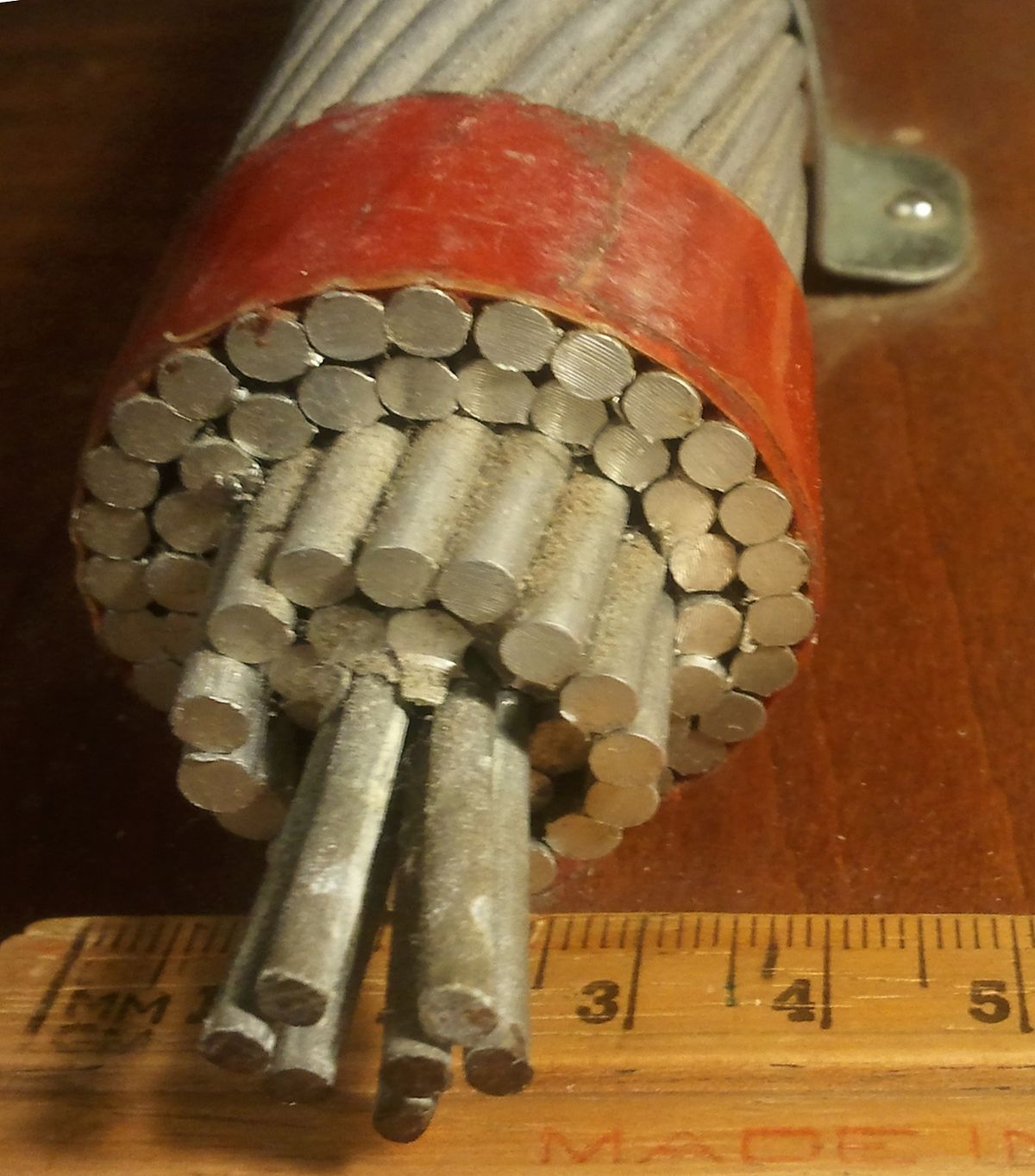Hi,
Question 1
I am wondering wat type of connectors should i use if i were to run an electric motor with 80A of current draw? I have gone around and those deans connector are rated at 40amps only. <-reading material mentioned 100A
Anybody has used other connectors like Anderson or watever that does the job? Can advice?
Reading Material:
Question 2
I have seen 12 AWG wires and 14AWG wires being used for 80A escs. Does it really matter if i were to stick to 14 AWG? Wat are the factors that govern the ampere rating of a wire? Any expert advice on this issue?
Cheers
Question 1
I am wondering wat type of connectors should i use if i were to run an electric motor with 80A of current draw? I have gone around and those deans connector are rated at 40amps only. <-reading material mentioned 100A
Anybody has used other connectors like Anderson or watever that does the job? Can advice?

Reading Material:

Question 2
I have seen 12 AWG wires and 14AWG wires being used for 80A escs. Does it really matter if i were to stick to 14 AWG? Wat are the factors that govern the ampere rating of a wire? Any expert advice on this issue?
Cheers



 hi bro, no need to worry so much if you keep your lipo 3cell less than 2100Mah.
hi bro, no need to worry so much if you keep your lipo 3cell less than 2100Mah.



 Well that is reason why i posted this thread.
Well that is reason why i posted this thread.  Apparently ALL the ESC that are selling in the market range between 12 -14 awg.
Apparently ALL the ESC that are selling in the market range between 12 -14 awg.  I have been given an interesting description from a friend. He mentioned that my LIPO might be fried before the wires heats to the point of failure presuming that my ESC is indestructible!!!!
I have been given an interesting description from a friend. He mentioned that my LIPO might be fried before the wires heats to the point of failure presuming that my ESC is indestructible!!!!  Theoretically in at full power for ~3 mins, I might see fire.
Theoretically in at full power for ~3 mins, I might see fire.  I agree, i have also consulted those guys flying Jets and larger electric fliers too.
I agree, i have also consulted those guys flying Jets and larger electric fliers too.  connectors: anderson powderpoles & dean's ultra.
connectors: anderson powderpoles & dean's ultra. 
Comment